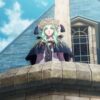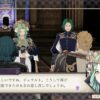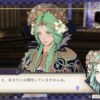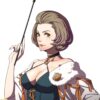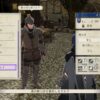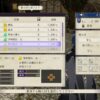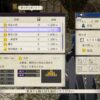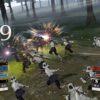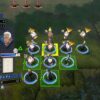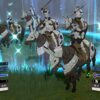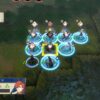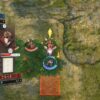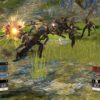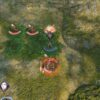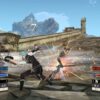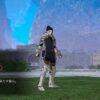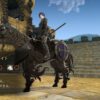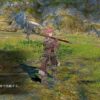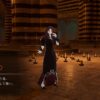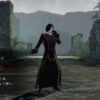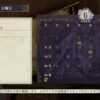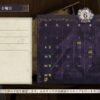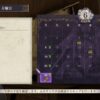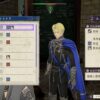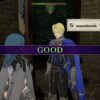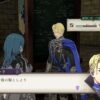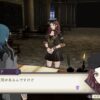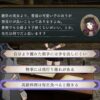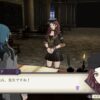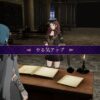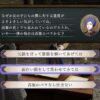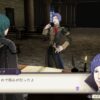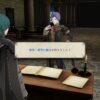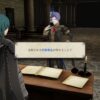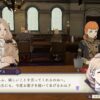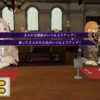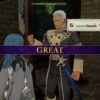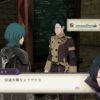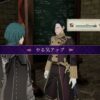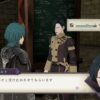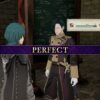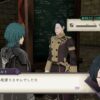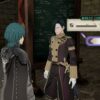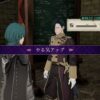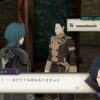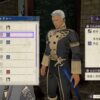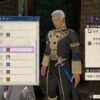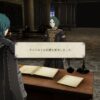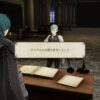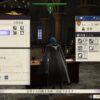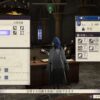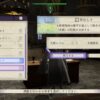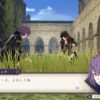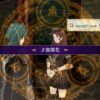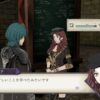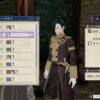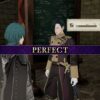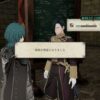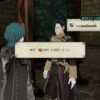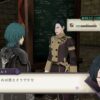
Famitsu has released another wealth of information on upcoming RPG Fire Emblem: Three Houses.
The new information includes characters and mechanics. We are relying on third party translation (via Gematsu), but we are confident in its accuracy. Without any further delay:
First off, the Church of Seiros’ leader is revealed. Rhea was the one who invited the protagonist to teach at the Officer’s Academy. While she is usually motherly and gentle, she can be ruthless to those who work against the church.
Before discussing other characters, the article then discusses “crests.” These are typically passed down a family blood line and in some cases can affect succession, such as the Adrestian Empire’s ruler being the one holding the crest of Seiros, currently held by Edelgard and handed down from Saint Seiros. Likewise, Dimitri has the Crest of Bladud and Claude has the Crest of Regan- both handed down by one of the Ten Greats of Fódlan.
Many characters carry crests. Some of these were passed down from the Ten Greats of Fódlan from the War of Heroes. While the crests are inherited by blood, not all descendants can draw out their true power. Crests are also divided into Great Crests and Small Crests, reflecting their power. It is said the “deeper” a hero’s blood runs, the more powerful the crest they can wield. Some children are even born with great crests- something of a great mystery.
The main character also has a crest, but the coat of arms is a mystery. These serve as more than plot elements however, as characters can gain special talents. These could be increased physical or magical abilities for example.

Skills make a return, and this time they are divided among three categories. Personal Skills are inherent to a unit from the start; they cannot be replaced but can be unique. Class Skills, as you may expect, are exclusive to specific classes and may not be used in others. Proficiency Skills are based on the Proficiency Levels discussed last time. A character can learn these skills based on their Proficiency Levels, and there are no requirements or restrictions based on unit or class type. They can also use up to five skills at a time.
The article then delves into the various Personal Skills of the main character and three class representatives. All three class representatives gain 1.2 X experience- Emperor’s Lineage, King’s Lineage, and Leader’s Lineage for Edelgard, Dimitri and Claude respectively. The protagonist’s Personal Skill “Teacher’s Guidance” grants the same bonus to themselves and any adjacent ally to boot.
At the game’s start, the player must choose which of the three houses they will teach (Black Eagle, Blue Lion or Gold Deer). This in turn affects what students they can use and train. A selection of students and other characters were then shown:
- Hubert. Black Eagles. Personal Skill: Staff Officer (Gambit Might + 5, more on that later).
Hubert has worked for Edelgard since he was a child, and is willing to be ruthless to protect her.
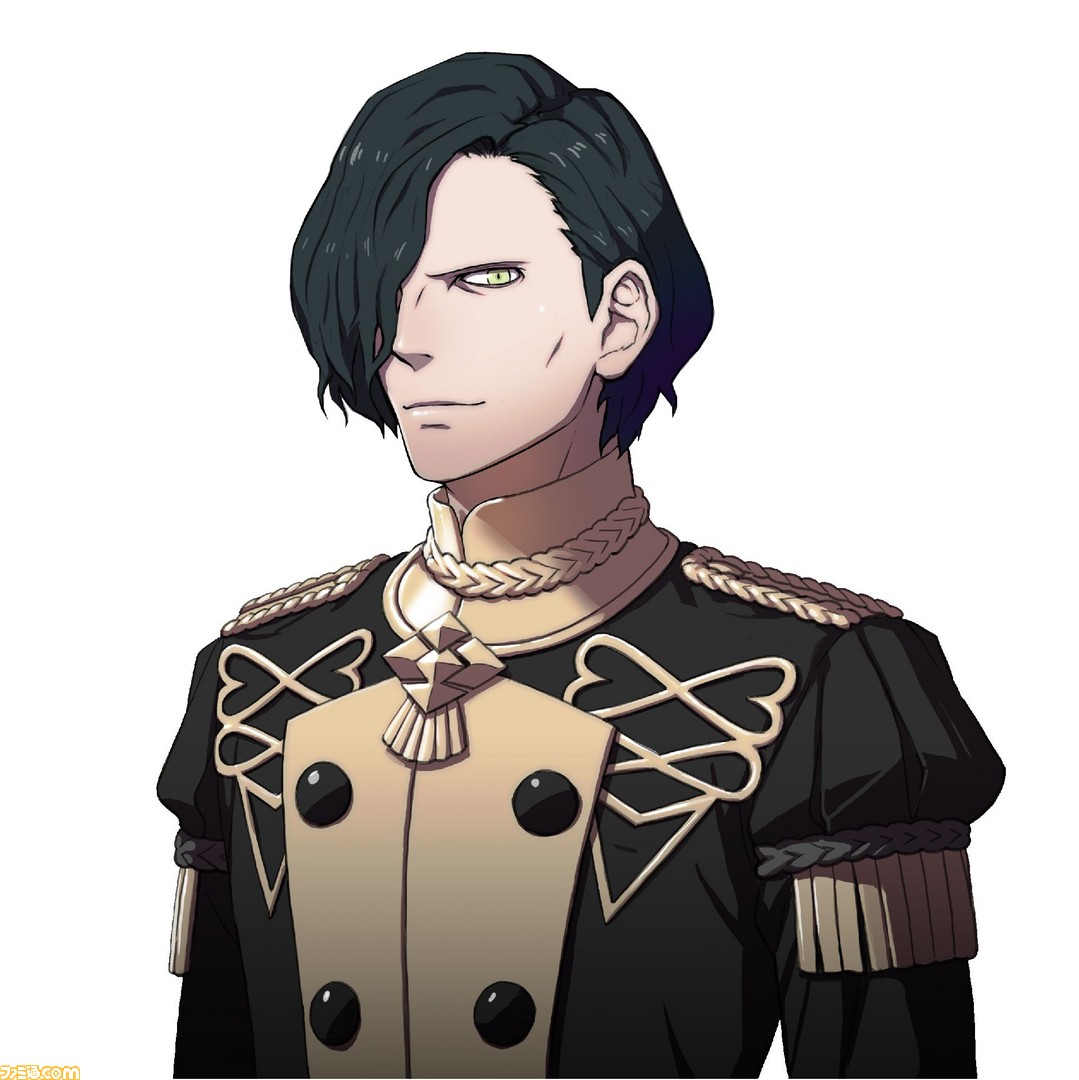
- Dorothea. Black Eagles. Personal Skill: Idol (Adjacent allies recover 10% of HP when starting their turn).
Before becoming a student, she was a singer. While the Black Eagles have many students of noble descent, she is the only commoner.
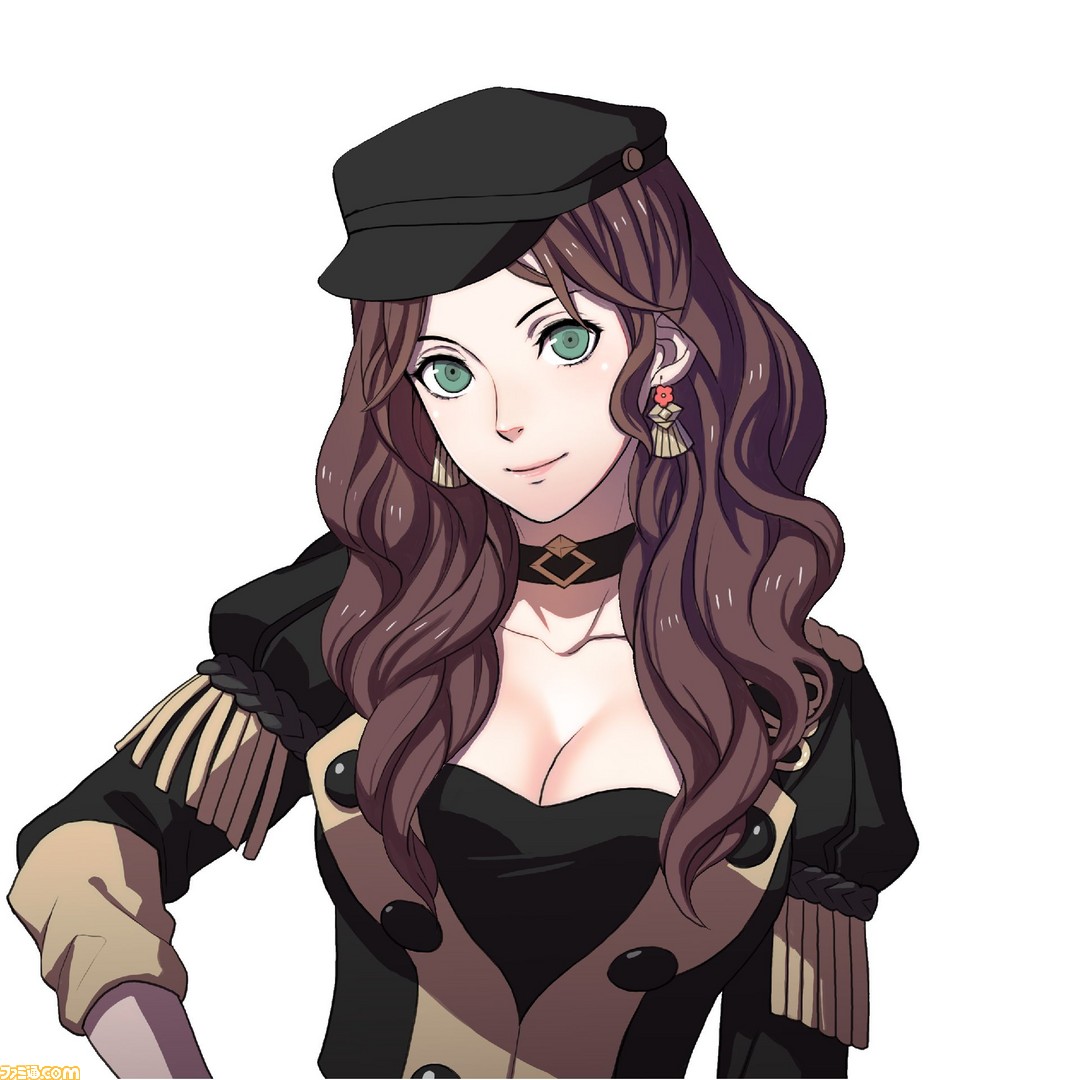
- Dedue. Blue Lions. Personal Skill: Lord’s Shield (If the user does nothing, +4 Defense for one turn).
A servant of Dimitri. Despite his intimidating face, he has a kind heart.
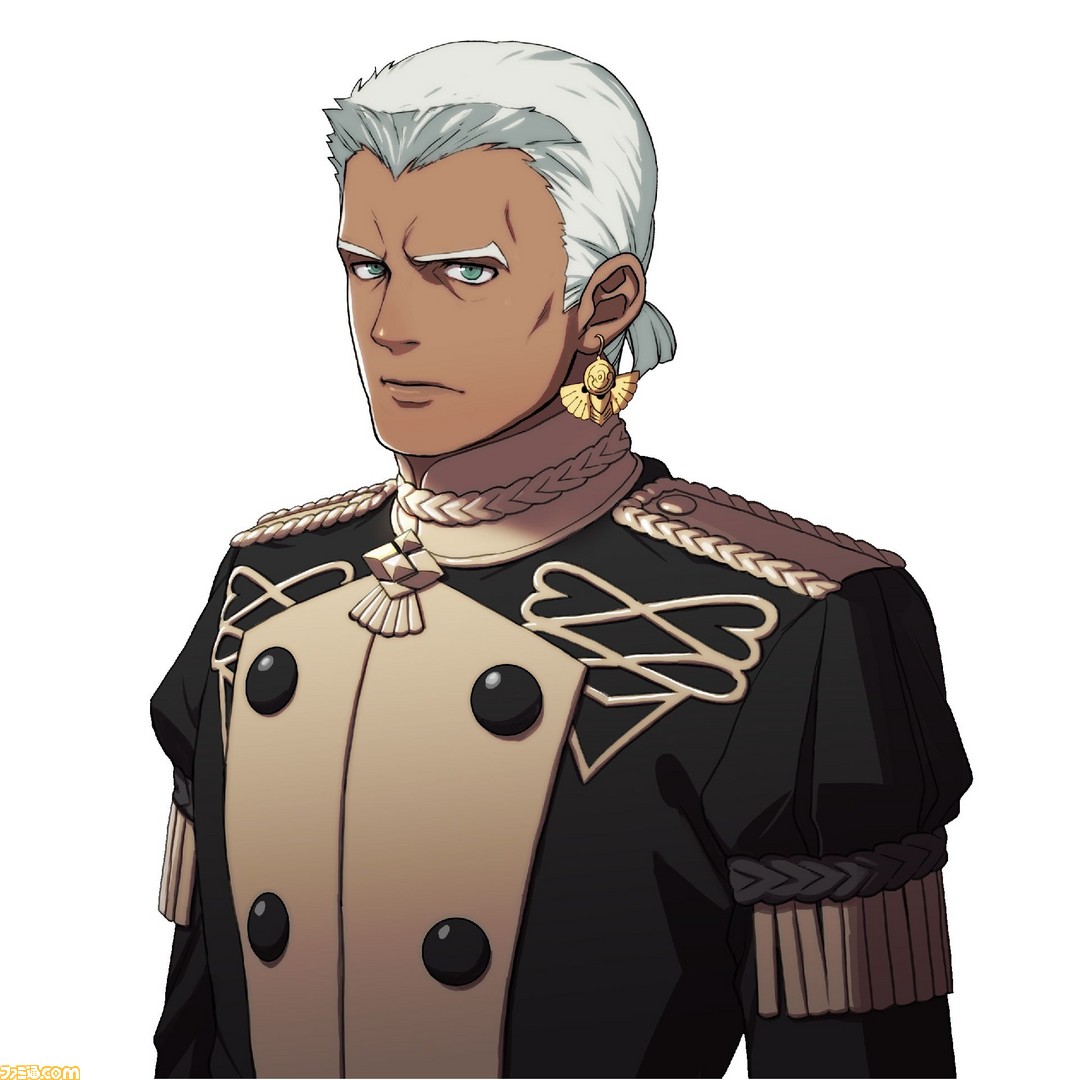
- Felix. Blue Lions. Personal Skill: Lone Wolf (+ 5 Damage dealt when a “battalion” is not deployed, or when one has zero HP. More on that later). Crest: Crest of Fraldalius, handed down from one of the Ten Greats of Fódlan.
A rather sarcastic young man. He calls Dimitri “boar” even though they are childhood friends. He is always trying to improve his swordsmanship.
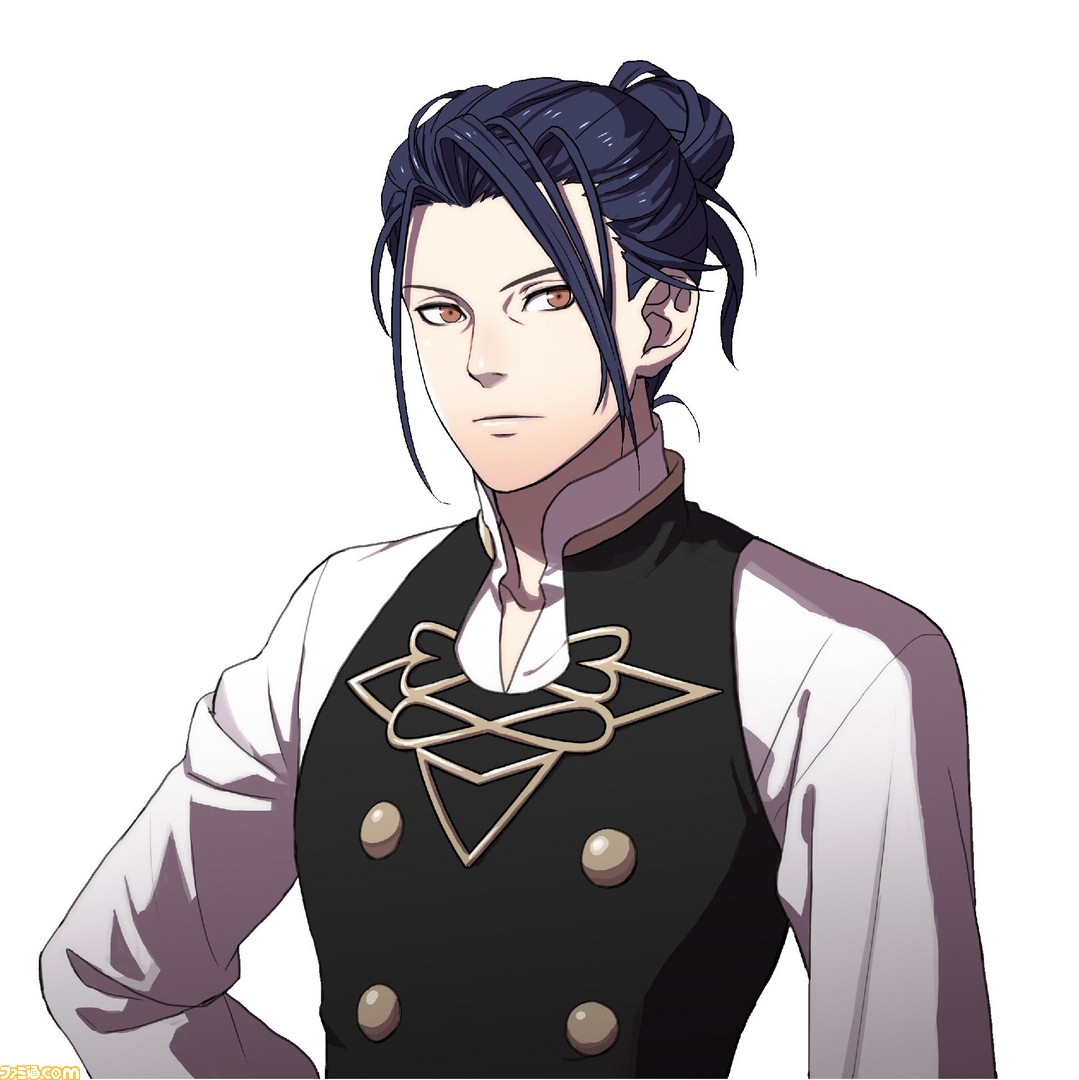
- Lorenz. Unknown (though, due to how two of each other house being featured, we assume Gold Deer). Personal Skill: Great Nobility (+ 2 Damage dealt when a battalion is deployed). Crest: Crest of Gloucester, handed down from one of the Ten Greats of Fódlan.
Despite being a nobleman, he flirts with many women at the academy. His results are not good…

- Hilda Unknown (though due to two of each other house being featured, we assume Gold Deer). Personal Skill: Persuasion (adjacent male allies deal +3 Damage). Crest: Small Crest of Goneril, handed down from one of the Ten Greats of Fódlan.
As the sole daughter of a duke, she has been spoiled. She likes stylish and flashy things.
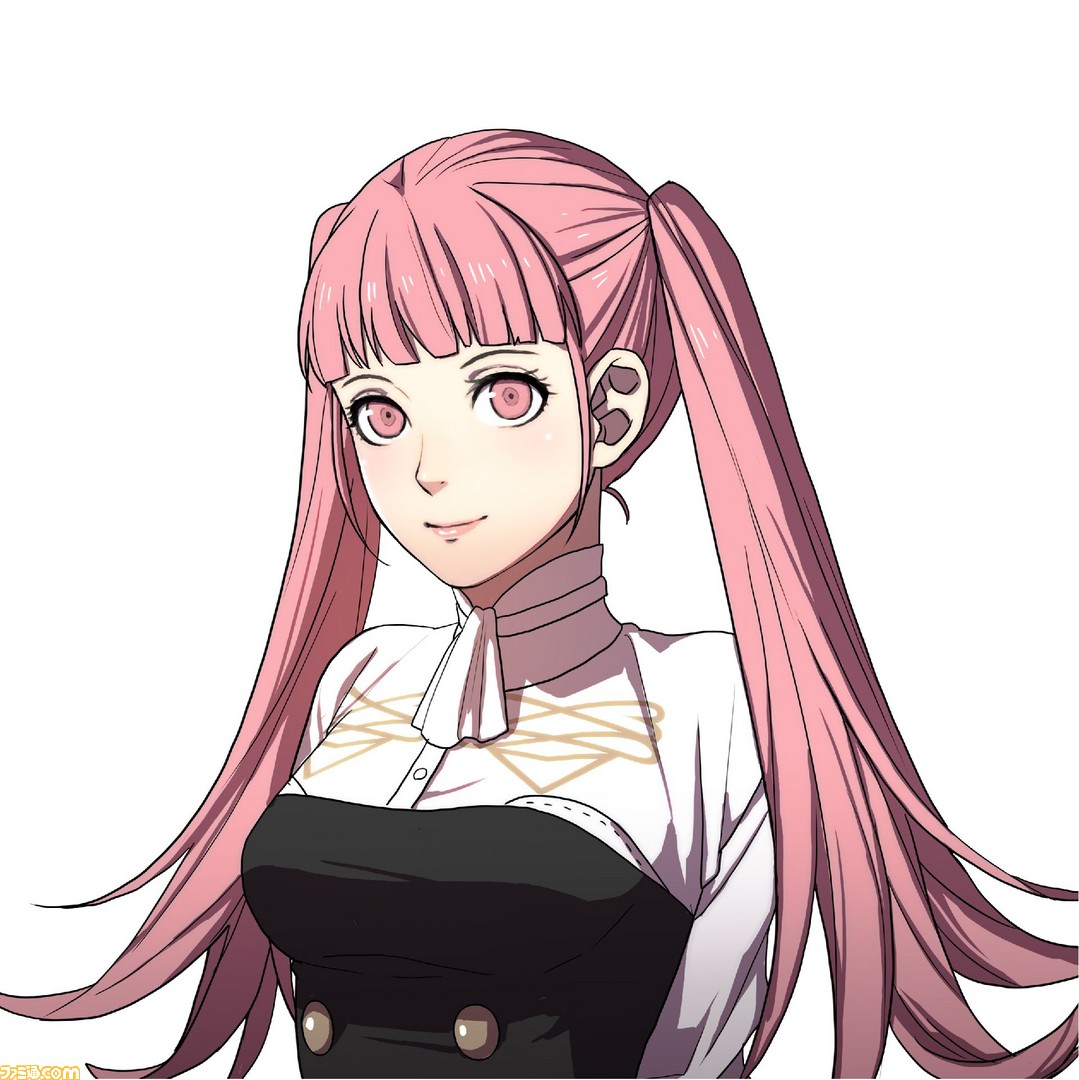
The biographies also discussed two other teachers at the academy. Manuela acts as both a school teacher and a doctor. In the past she used to be the star of an opera troupe. Hanneman meanwhile is a teacher and scholar researching the power behind the crests. He tends to get excited when talking about them.
Returning to gameplay, the article finally divulged exactly what a “battalion” is and how the additional units scene during battle scenes plays into gameplay. With Proficiency Skill levels in Authority, this grants the unit the ability to hire a battalion to fight along-side them, increasing their stats and granting new actions- called “Gambits.” As your Authority increases, so does the strength of Battalions.
Battalions are hired at the Knights Guild, once you progress through the story enough. If the leading unit takes damage, the whole battalion’s HP will also decrease. Once their HP reaches zero, they will vanish from battle and all special effects and unique commands will be no longer available. Their HP can be restored at the guild for a small fee, and they can level up and develop just like other units. Depending on the type of Battalion hired, the stats of the unit they are assigned to can change. These include increases and decreases.
The Gambits a Battalion can pull off were also elaborated. They can attack enemies and support allies. Attacking Gambits cannot be counterattacked by enemies, and can even strike multiple enemies at once. They can only be used a set number of times per-battle.
- Simultaneous Assault
Attacks enemies adjacent to the target you are attacking. This can cause the Distress status effect, reducing all stats by 10%, prevents movement, and nullifies the enemy’s battalion stat changes and gambits.
- Godspeed Stance
Increases a unit’s movement by five for one turn. If there are adjacent allies (and allies adjacent to them), the bonus applies to them as well.
- Lure Plan
A targeted enemy is forced to move behind the user. As you can understand, this can help put an enemy onto a terrain tile they will be penalized on or create gaps in defenses.
A new weapon was also revealed- gauntlets. By increasing your Proficiency Level in Martial Arts, you can learn skills related to that weapon and use more powerful Gauntlets (much like how having a higher Weapon Mastery in older games allowed you to wield higher-grade weapons). The gauntlet has a unique ability when attacking, By default it deals two hits in a single attack. If the user’s Speed is four or greater than the target, the user “pursues” and can attack up to four times. Mounted units cannot use the gauntlet.
New and returning classes were also shown-off, as well as their new Class Skills. As discussed previously, when a unit reaches level 10 they can take an exam to promote to Intermediate Classes like the ones below:
- Mercenary. Excelling in both strength and speed, it can easily develop sword and axe proficiency levels.
- Cavalier. A mounted unit with balanced stats. Class Skill: Canto (If you have Movement Points remaining after you perform an action, you may move again. This is a recurring ability for mounted units in past Fire Emblem games).
- Brigand. They have high HP and Strength. This time around, the class can use Axes and the new Gauntlets. No special Class Skill was listed.
- Martial Artist. Only male characters can become this class. Class Skill: Bare-Hand Fighting (This class can attack even when unarmed).
- Mage. This class can use magic to punish high defense enemies. Class Skill: Fire (Unit can attack with the Fire spell twice. We assume this means you can cast that spell even without the Fire tome).
- Dark Mage. Only male characters can be a Dark Mage. Two Class Skills were listed for it. Class Skill: Miasma Δ (Unit can attack with the Miasama Δ spell twice). Curse (Adjacent enemies have -20 Evade).
Outside of the battlefield, players can train and interact with students. There is also an in-game 12-month calendar. One season is equal to one chapter in the game’s story. As you complete challenges at the end of each season, the story progresses.
The training of students’ Proficiency Levels was also discussed in more depth. In the images below you can see the “Training Power” gauge in the top-middle. This effects how many students can be trained in one week; the higher your Instructor Level, the more students you can train in a week. To the top-right you can see the individual student’s motivation. The higher this is, the more tutoring and greater stat growth the student receives. To keep a student’s motivation up, you can interact with them and dispatch them in battle.
In addition to Training Power, there is also Walking Power and Dispatch Power. With a higher Instructor Level, you can perform more actions each week. The Instructor Level meanwhile increases when you perform those actions.
As mentioned in the prior article, units can be tutored in Proficiency Levels. This can unlock new skills, and allow the use of more powerful weapons. The article also re-iterates that even as you change classes, the types of weapons you can equip do not change. So a unit can focus on one particular type of weapon, or even use a weapon a class is not proficient in. Individual units do have their own advantages and disadvantages to consider however. The results of training can be Perfect, Great, Good or Bad. Depending on the result, you can give the unit a pep talk to increase their motivation.
Up to two Proficiency Levels can also have “set goals.” These allow a student to improve their proficiency through self-study each week. As Proficiency Levels can affect what classes a unit can become, it is recommended you change a student’s goals based on the class you want them to become.
Students may also be assigned Group Tasks. Two students can work together, and depending on the task (such as stable management, weeding, or aerial defense) their Proficiency Levels will increase. In addition, their support levels between them will increase. They may even earn a reward depending on how successful they were at the group task, typically based on how well the two work together. For those unfamiliar, support levels in past games showed the affection between two characters- be it platonic or something deeper. This benefited both units by granting a stat bonus when they were near one another. However, details on how support levels work this time around are to be disclosed at a later date.
Another growth-based mechanic is “talent blooming.” Some Proficiency Levels (even those a student is no good at) can be marked by three stars. With enough training in those Proficiencies the stars will begin to fill. Filling all three stars will cause that Proficiency Level to suddenly soar as the student realizes their talent for it.
Finally, the article explained some of the terminology used in the game. First off, the Church of Seiros was founded by Saint Seiros. In the ancient War of Heroes, Seiros defeated the “King of Liberation” Nemesis and brought peace to the land. Saint Seiros also contributed to establishing the Adrestian Empire. Over time, the Holy Kingdom of Faerghus eventually became independent from the Adrestian Empire, and the Lester Alliance formed soon after. While all three nations are seeking dominance, the Church of Seiros has managed to keep the peace between them.
What do you think? Any new potential waifus and husbandos you like the look of? What do you think of the new mechanics? Sound off in the comments below!
Fire Emblem: Three Houses will launch July 26th for Nintendo Switch.

